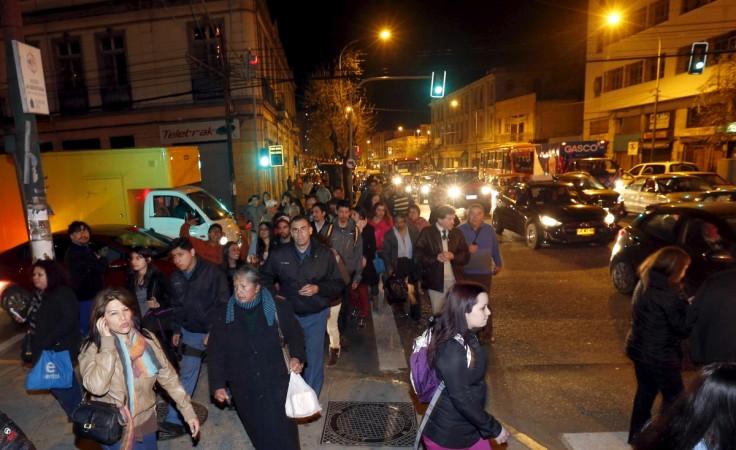
India is all set to take part in a major tsunami mock drill, known as IOWave16, on Sept. 7-8 along with 23 other nations to put to test tsunami warning systems in the Indian Ocean. The exercise includes tsunami detection and forecast, threat evaluation and alert formulation, dissemination of information to the public and their awareness and responses.
During the drill, almost 35,000 people will be evacuated from the coastal areas located in Odisha, Andaman and Nicobar Islands, Andhra Pradesh, Tamil Nadu, West Bengal, Kerala, Gujarat and Goa.
The IOWave16 mock drill is being organised by UNESCO's Intergovernmental Oceanographic Commission (IOC), which coordinated the setting up of the Indian Ocean Tsunami Warning and Mitigation System (IOTWMS) following the tsunami that wreaked havoc in South Asia on Dec. 26, 2004, the Press Trust of India (PTI) reported.
The Indian Tsunami Early Warning Centre (ITEWC), which is based out of the Indian National Centre for Ocean Information Services (INCOIS), can detect tsunamigenic earthquakes within 10 minutes of their occurrence and disseminate timely advisories to disaster management officials and the vulnerable communities, a statement released by INCOIS said.
The warning centre has been operating since Oct 2007. It comprises technical infrastructure for reception of real-time data from seismic and sea-level networks as well as issuing tsunami bulletins for the Indian Ocean region, PTI reported citing the statement.
The drill will consist of two scenarios -- the first will simulate a 9.2 magnitude earthquake south off Indonesia's Sumatra on Sept. 7 at 8:30 a.m. IST. The second scenario will simulate an earthquake of magnitude 9 in the Makran Trench, south of Iran and Pakistan, on Sept. 8 at 11:30 a.m. IST.
Both scenarios will be carried out in real time and will last for about 12 hours while 15 tsunami bulletins will be issued by the ITEWC to national and regional stakeholders through global telecommunication system, email, fax, SMS and internet.
The major objectives of IOWave16 are checking the efficiency of communication links, disaster management offices and local communities at risk. The mock drill would help understand the standard operating procedures of emergency services and evaluate their efficiency to handle tsunami-like situations.
The statement added that IOWave16 will enhance the awareness and preparedness among all stakeholders, including the vulnerable communities.

















